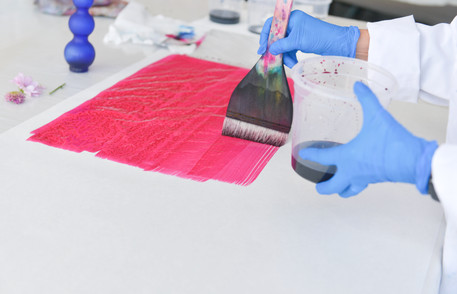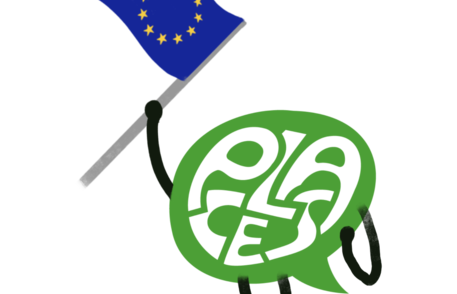Fact
About the project
The purpose of this investigation is to bring attention to the challenges that arise from the intra-action between soils and wastewater generated by textile dye production. Its objective is to advocate for transformative action, particularly in the realm of sensory and multispecies design, to nurture future co-production. Rather than viewing production as a static system, the CO-ACT project embraces the concept of co-production as dynamic and alive, acknowledging the significance of the multispecies actors involved in the design process.
Purpose
This includes established designers who create systems, products, or services, and individuals in educational settings looking to evolve their practice. The project may also interest educators and researchers interested in unfolding ways of doing multispecies design in practice or communities seeking to foster awareness of intra-action and co-action among multispecies actors. It offers valuable insights into respectfully presenting these concepts and facilitating their integration within community contexts.
Methods and results
In pursuit of this goal, the research adopts the framework of Research through Design. To ensure a thorough understanding and validation of findings, the CO-ACT project adopts a mixed methods approach, integrating qualitative and quan- titative research approaches (Bjørner, 2015, p.21). This approach enhances the comprehension of soil conditions and potential strategies for incorporating this understanding into future textile dye systems involving multispecies actors.








